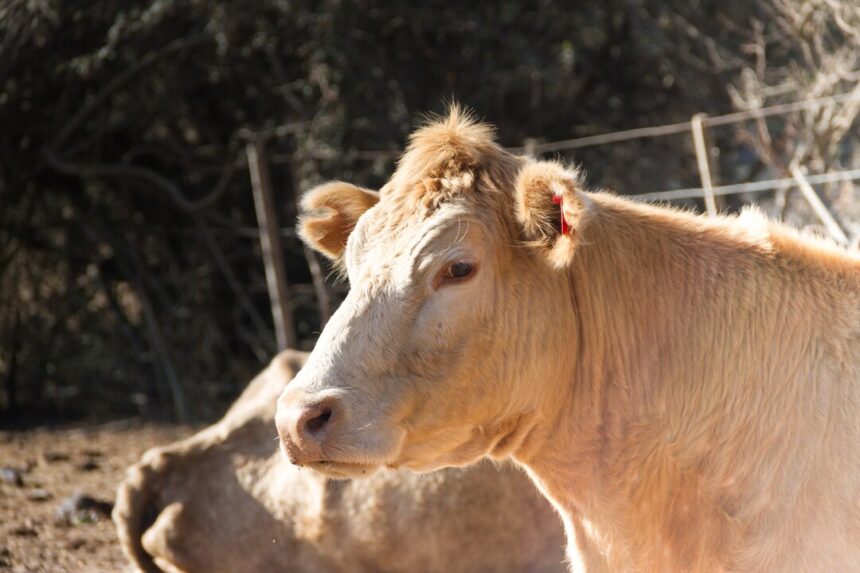Limousin cattle, known for their muscular build, efficient feed conversion, and excellent meat quality, have become increasingly popular in South Africa’s beef industry. Whether you’re a seasoned breeder or considering entering the world of Limousin farming, here are ten key points to keep in mind about breeding and farming Limousin cattle in South Africa.
1. Origins and History
Originating from the Limousin region of France, Limousin cattle have a long history dating back to ancient times. They were first introduced to South Africa in the 1970s and have since gained recognition for their superior meat production qualities.
2. Adaptability
Limousin cattle are known for their adaptability to various environmental conditions, making them well-suited to the diverse climates of South Africa. They thrive in both intensive feedlot systems and extensive grazing environments, making them a versatile choice for farmers.
3. Growth and Muscling
Limousin cattle are renowned for their rapid growth rate and muscular build. They have a high feed conversion efficiency, meaning they can convert feed into muscle mass more efficiently than many other beef breeds, resulting in higher yields of lean, quality meat.
4. Meat Quality
Limousin beef is prized for its tenderness, flavor, and leanness. The breed’s low fat content and fine marbling result in juicy, flavorful cuts of meat that are in high demand among consumers and chefs alike.
5. Reproduction
Limousin cattle are known for their fertility and reproductive efficiency. They have a high calving rate and good maternal instincts, making them popular among breeders for their ability to produce healthy calves with minimal intervention.
6. Health and Vigor
Limousin cattle are generally hardy and robust, with a strong immune system and good resistance to common diseases and parasites. Proper nutrition, vaccination, and regular health checks are essential to maintaining the health and vigor of the herd.
7. Breeding Strategies
Breeding Limousin cattle requires careful selection of breeding stock to maintain desirable traits and improve the overall quality of the herd. Factors to consider include conformation, growth rate, muscling, temperament, and genetic diversity.
8. Grazing and Feeding
Limousin cattle thrive on a balanced diet of quality forages and supplementary feed. Grazing management, rotational grazing, and access to clean water are essential for optimal growth and performance.
9. Marketing and Sales
Marketing Limousin beef requires an understanding of consumer preferences and market trends. Establishing relationships with buyers, promoting the breed’s superior meat quality, and participating in industry events and auctions can help farmers achieve premium prices for their cattle.
10. Continuous Learning
Breeding and farming Limousin cattle is a dynamic and ever-evolving process. Farmers should stay informed about advancements in genetics, nutrition, management practices, and industry trends to ensure the long-term success and sustainability of their operations.
Breeding and farming Limousin cattle in South Africa offer numerous opportunities for farmers to produce high-quality beef and contribute to the country’s thriving agricultural sector. By understanding the breed’s characteristics, implementing sound breeding and management practices, and staying informed about industry developments, farmers can maximize the potential of their herds and achieve success in the competitive beef market. With their adaptability, efficiency, and superior meat quality, Limousin cattle continue to play a valuable role in South Africa’s livestock industry for generations to come.
Join 'Farmers Mag' WhatsApp Channel
Get the latest Farming news and tips delivered straight to your WhatsApp
CLICK HERE TO JOIN






